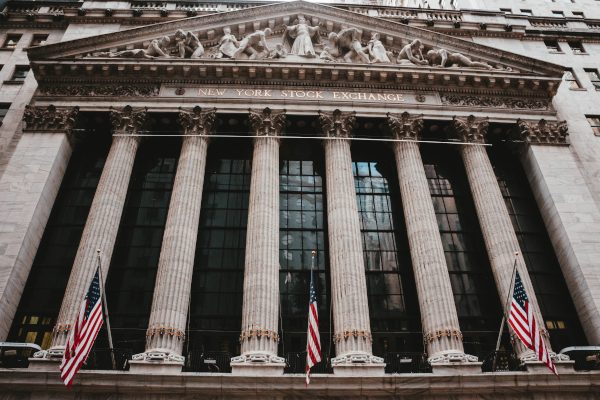New Disruption Will Come From Robots, Not Chinese
How does one explain the current political divide? In part, this is done by looking at winners and losers in the process of globalization, a recent Barclays report noted. “The middle class in advanced economies whose income stagnated.” In fact, those that “voted for Trump” have seen the sharp end of the sword, while “global elites” who benefit from capital mobility have flourished. While this is the headline that has ushered in a wave of populism across the developed world, there is a bright side to trade theory and benefits will accrue all, Barclays researcher Christian Keller reassures that in this age of hyperglobalization this too shall pass.
The history of globalization
“Trade openness” has is bumping up near all-time highs, with the NBER Macrohistory Database, cited in a Barclays report, pointing to a long history of up and down acceptance of the key concept behind trade.
There was the “first wave of globalization,” from roughly 1875 until near the Great Depression, when exports and imports as a percentage of trade topped out near 38.7, only to find a low near 7.5 near the end of the Second World War and shortly following the Bretton Woods trade accord.
The second wave of globalization started to take off with the advancement of the SWIFT system for global payment processing and the advent of the personal computer, leading to the current phase of Hyperglobalization. This era is marked by global communications tools such as the world wide web and trade agreements such as NAFTA, that led to a reduction in certain manufacturing employment but growth in other job segments.
At the center of the current global value chain are banks providing capital and multi-national corporations utilizing technology and know-how across borders as if they didn’t exist.
But there is trouble in paradise, as “liberal globalization policies are now being questioned.”
Hyperglobalization: There are regions of pain and regions of gain
The world of trade is not only moving at “ hyperglobalization ” speed, but so, too, is technological advancement.
As protectionist trade policies attempt to put the manufacturing job genie back in the bottle, artificial intelligence, robotics, automation and even 3-D printing are changing society more profoundly, potentially leading to a hyper-hyper phase of change, the ramifications of which are difficult to model and winners and losers have yet to be entirely determined.
Barclays, for their part, note that populations in China and other emerging markets “experienced sharp increases in their real income.” In fact, the rise of China as “the world’s manufacturer coincided with a sharp drop in US manufacturing employment.”
There are sharp geographic divides regarding who is impacted positively and negatively by globalization. In the US, nearly 2 million people lost (some put the number closer to 5 million) what were strong, middle-class manufacturing jobs, the report pointed out.
Regions with high exposure to China import competition experienced were the hardest hit. Not only did they see a loss of manufacturing jobs that were not offset by employment gains, a decided decline in average wages was accompanied by higher crime, mortality rates and child poverty.
People in such regions voted the issue, the report noted. Voters “made their representatives in Congress more likely to vote in a protectionist way,” which resulted in “representatives from the extreme right and extreme left.” The movement, which was sometimes ignored or labeled as “deplorables” by one US political candidate, also “contributed to the election of Donald Trump in 2016.”
Considering “what is wrong” also points to a better tomorrow, where “trade can make everyone better off,” but such equality doesn’t happen automatically.
While standard trade theory does point to losers, “aggregate gains to winners are large enough to more than compensate the losers.”
Eventually, equilibrium will be found, workers will relocate and retrain. It is a process that takes time, with the next presidential election less four years away.
So, analysts at a big bank think all will be well for the plebeians. Then again, the entire i-banking future is up in the air – so we are all in this together.
The post New Disruption Will Come From Robots, Not Chinese appeared first on ValueWalk.
Source: valuewalk








